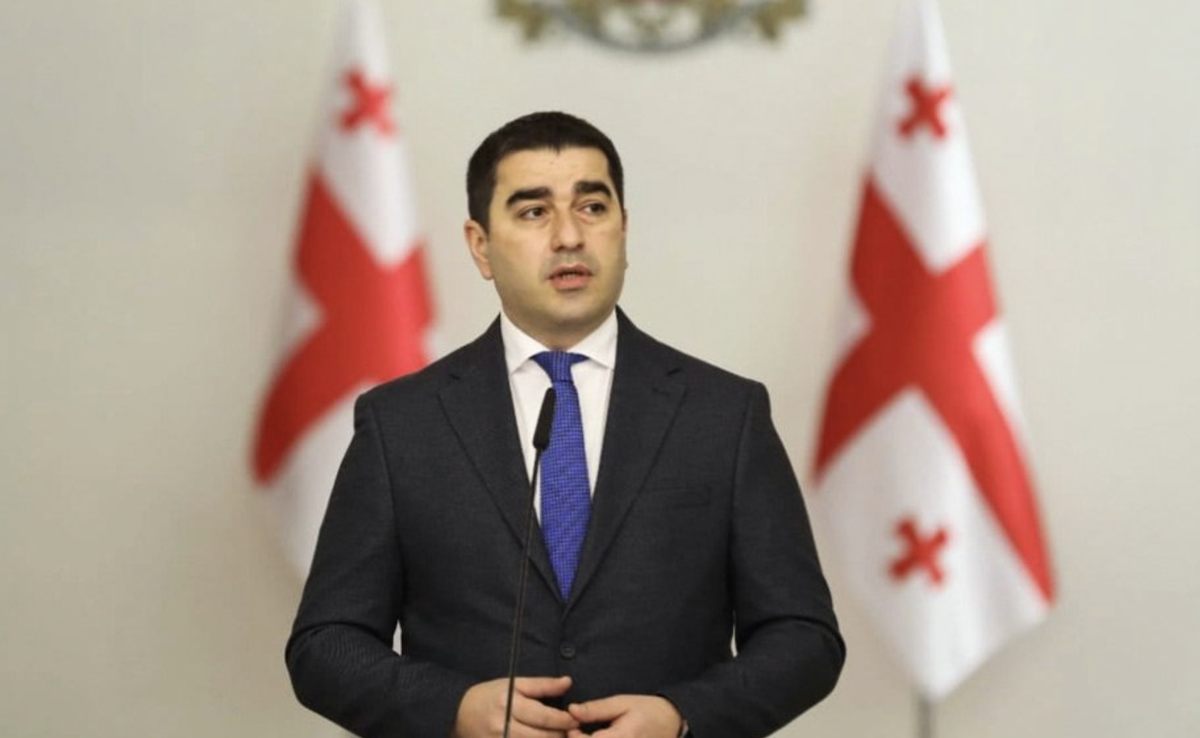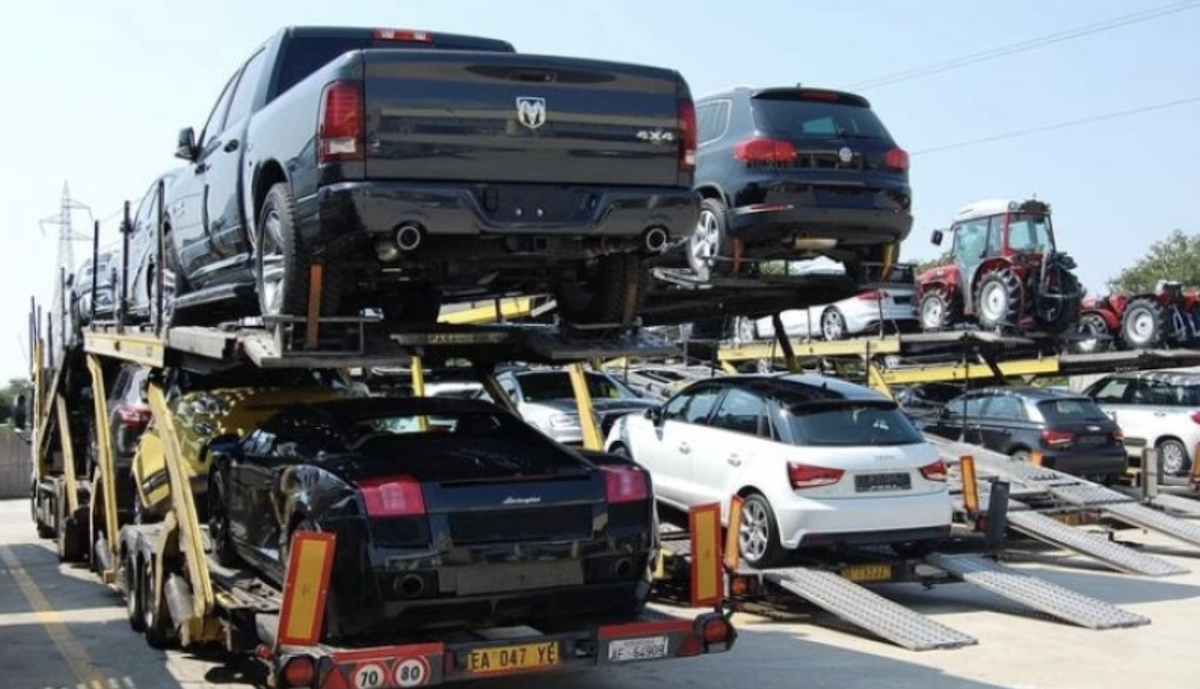Armenia becoming more investor friendly – US State Department
Armenia has finally become attractive for investors after the Velvet Revolution in 2018, thanks to progress in the war against corruption and improvements in various areas, states a report on the investment climate in Armenia.
The US State Department notes that despite the positive developments, improvements are still needed in government institutions that help ensure a competitive environment – that is, the courts, tax authorities, structures that are responsible for government contracts, as well as law enforcement agencies.
•Pashinyan’s powder keg – why the Armenian gov’t can’t solve the issue of the Amulsar goldmine
•Customs clearance fee hikes in Armenia cause protest of discontent
The document states that the US has significant investments in Armenia.
Moreover, the country has relatively solid ratings in international indices evaluating business and investment environments.
“Armenia provides various opportunities for investors. The country’s legislative policy, as well as government policy in general, is aimed at attracting investment, but the environment is not without its challenges. The main obstacles are a small market, comparative geographical isolation due to closed borders with Turkey and Azerbaijan, weaknesses in the rule of law and the judiciary system, and a strong legacy of corruption”, states the report.
The report notes that the 2018 parliamentary elections brought out many parliamentarians “who had significant businesses in Armenia and were business owners in large sectors of the economy”.
“In general, the competitive environment in Armenia is improving, but some businesses report that major reforms are needed to increase these gains in the judiciary, tax, customs, health, education, military and law enforcement agencies,” the report said.
The State Department also recalled the situation involving the Amulsar mine, which holds the second largest gold deposit in Armenia.
Lydian Armenia, a company which was supposed to be engaged in gold mining, discovered the mine back in 2005.
Until 2012, the company was looking for investors and creating a mine development program. In the same year, Lydian and the Armenian government signed an agreement to develop the deposit, and the company received the right to operate the mine.
Protests against the development of the mine began back in 2011. In 2012, people began collecting signatures against the project. And in 2018, activists successfully suspended Lydian’s operations.
“The investment dispute in the country’s mining industry has attracted a lot of international attention and has remained unresolved for several years”, states the text.
The report also notes that American companies are concerned that the investment environment is polluted by non-compliance with intellectual property rights.
“There are concerns about the lack of an independent and strong legal system, which undermines the government’s assurances of equal treatment and transparency”.
The State Department notes that Armenia has amended its legislation protecting competition.
“Nevertheless, to ensure fair competitive conditions for the company, the efforts of one State Commission for the Protection of Economic Competition are considered insufficient…It is necessary to improve the work of other state institutions that contribute to ensuring competitive conditions – in particular, courts, tax authorities and structures that are responsible for government contracts, as well as law enforcement agencies “.
The report also states that there is a continuing lack of competitiveness in local markets.
Expert opinions
Economist Hrant Mikaelyan believes that this report carried a certain political pressure.
“In this case, the author of the report is the state, so its influence cannot be ruled out”.
The expert says that the flow of investments to Armenia has been stable over the past three years:
“It amounted to $250,000,000, that is, 2% of GDP. This is a very small amount. Since the 2008 crisis, the inflow of investments to Armenia has been decreasing every year. By 2017, it had reached about $250,000,000 and has been stable since then”.
Mikaelyan believes that this report is unlikely to produce any effect.
“The news may have an impact on some hesitant investors, but not many. Large projects operate under a different logic, which these reports cannot directly influence”.



















